Dental Bone Grafting
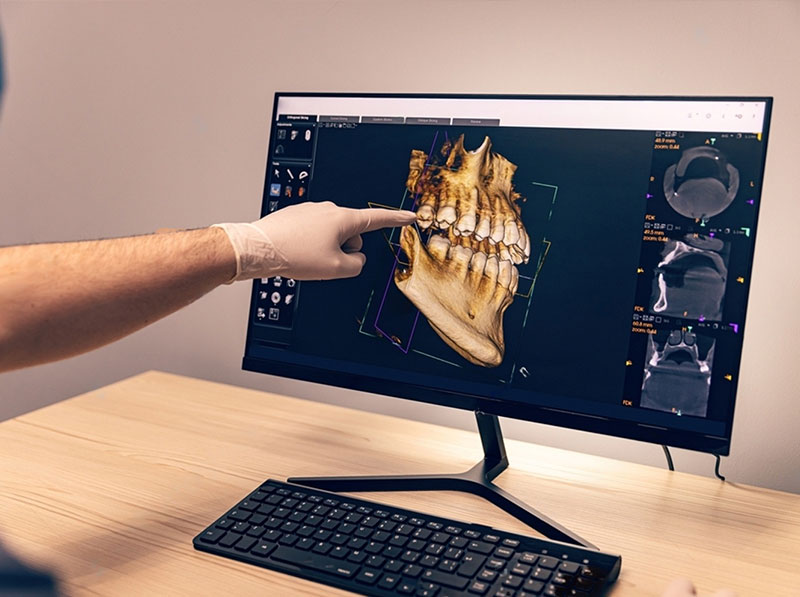
WHAT IS DENTAL BONE GRAFTING?
Bone grafting is a commonly used dental procedure in patients who want dental implants or other restorative treatments, but their current health does not allow for it. For a dental implant placement to be successful, the patient must have adequate jaw bone, height, and width. In most cases, when the jaw bone has deteriorated, it will not provide sufficient support for the implant or other restoration. Fortunately, advances in the oral surgery field have made bone grafting procedures much simpler, leading to reduced recovery times and improved patient outcomes.
Most bone grafting procedures will be performed under sedation so the patient will feel minimal to no pain during the procedure. Bone grafting material consisting of tiny granules of bone is applied to the area where the bone is lacking. This material is combined with growth factors to make healing faster. Depending on the patient’s needs, this bone material can be taken from the patient’s body. At the end of the procedure, sutures will be applied at the surgical sites, and the patient can rest until their driver can take them home.
Dr. Steven Haywood offers bone grafting procedures in his dental office in Shrewsbury. If you require bone grafting, Dr. Haywood can perform dental procedures for jaw restoration. Whether you are making room for dental implants or other restorative treatment or preserving an empty tooth socket, Dr. Haywood will work with you to form a treatment plan that produces the best results for your smile.
WE ARE HERE TO HELP!
TYPES OF BONE GRAFTING PROCEDURES
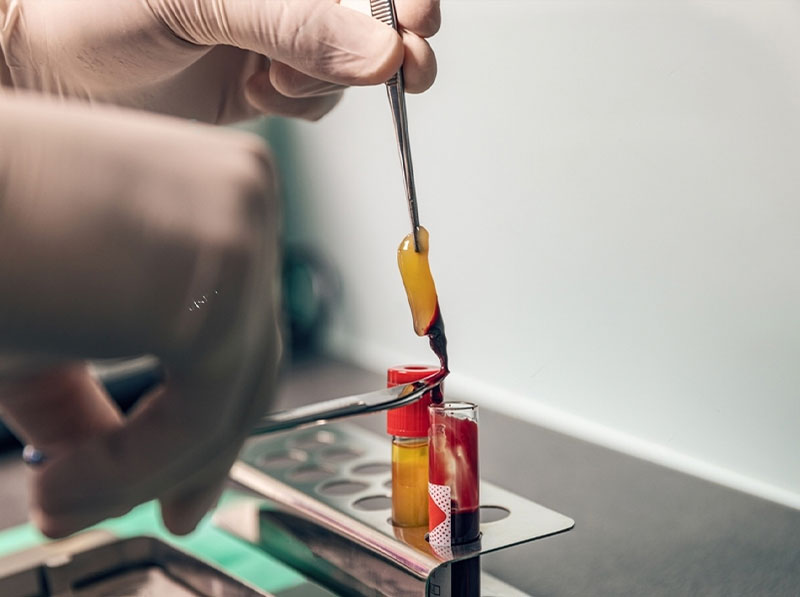
Ridge Augmentation: When the bone surrounding your teeth has decreased due to trauma, tooth loss, or other factors, dental implants may not have an optimal foundation for placement. It may be recommended for a ridge augmentation procedure before placing your dental implants in such cases. The bone graft material will be inserted into the exact implant location to stimulate jaw bone growth.
Sinus Lift: The sinus is a hollow and narrow space in the middle of the face bordering the upper arch of teeth. In some cases, the bone that separates the sinus from the oral cavity that is too thin to support a dental implant may require a sinus lift procedure. During this procedure, a bone graft is placed in the jaw just below the sinus membrane.
Socket Graft: Immediately following a tooth extraction, the tooth socket can be filled with bone grafting material to prepare for a dental implant later. The socket is covered with gum tissue while your body naturally repairs the socket with the help of bone graft material.
Simultaneous Bone Grafting: All bone graft procedures might be completed simultaneously with your implant placement; however, this depends entirely on the amount of available bone. There may be enough of your natural bone present to place the implant, but additional bone may need to be added.
THE STEPS OF A DENTAL BONE GRAFT PROCEDURE
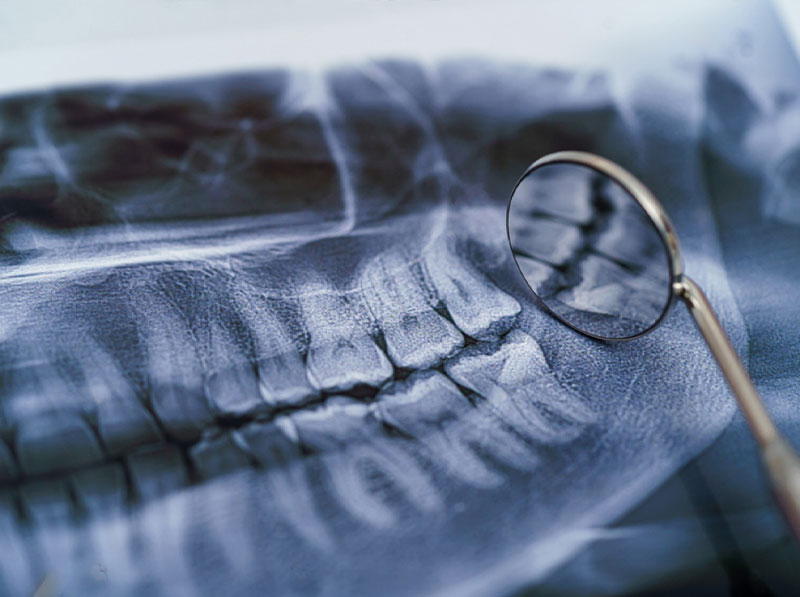
OTHER RESTORATIVE DENTISTRY SERVICES

All On Four Implants
With all on four implants, a dental professional will surgically insert four titanium posts into your jawbone as the main anchors, so there is no need to replace each lost tooth individually. Instead, they can then attach a permanent denture to those four areas for a seamless look across your entire mouth.
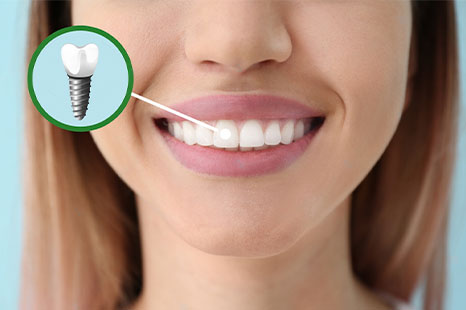
Snap-on Implant Tooth
Snap-on implant teeth are full arch dentures or partial dentures that rest partially on the gums and are connected to snaps on implants. These are vastly different from traditional dentures and partials because they just hold so much better. This is the most affordable style of implant teeth we can offer.

Front Tooth Implant
A front tooth implant is more difficult to complete successfully because everyone can see it. It is literally right underneath your nose! Front teeth implants have become somewhat of a specialty for us because they combine the demands of excellent oral surgery and exceptional cosmetic dentistry. Front tooth implants in the smile zone are frequently more complex and often more costly.
BEFORE & AFTER
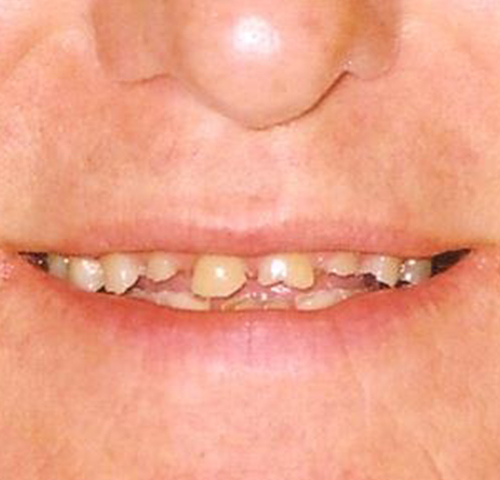
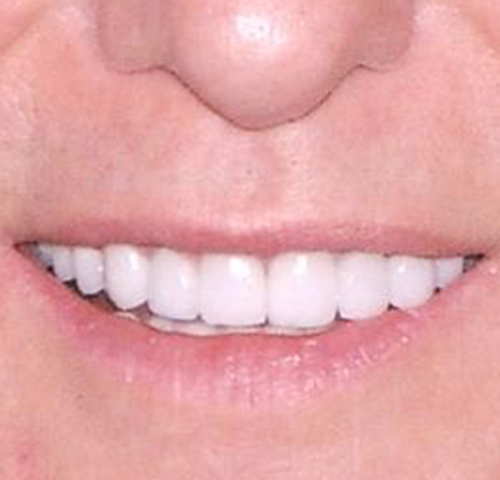
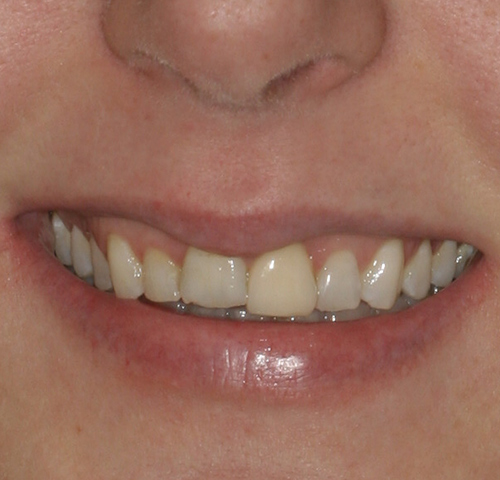
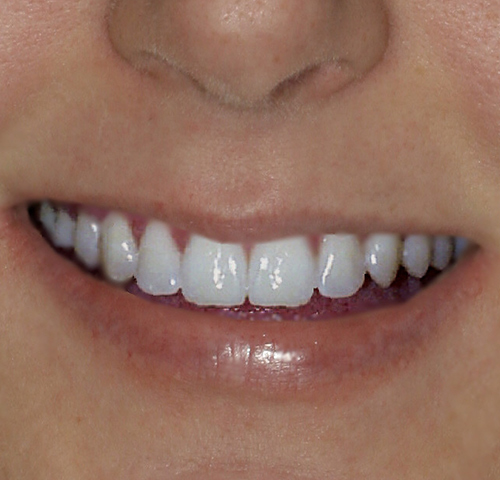

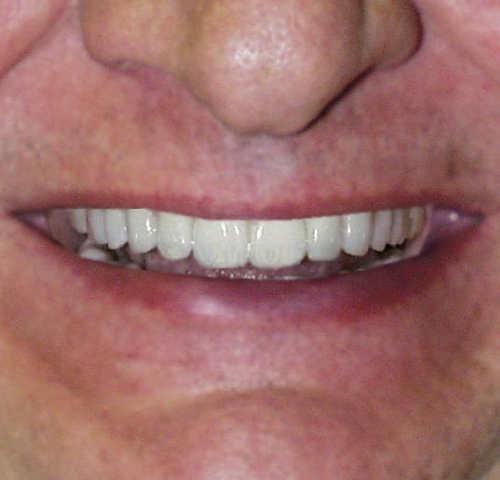






TESTIMONIALS

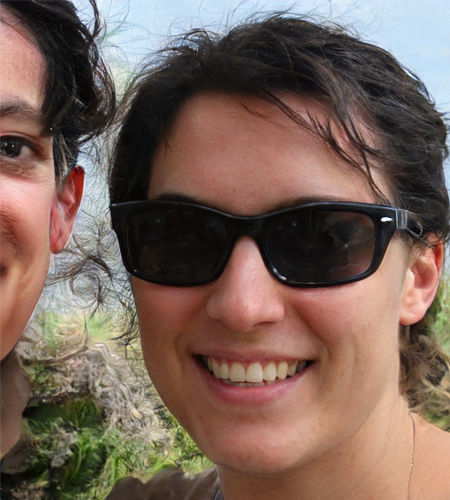


FREQUENTLY ASKED QUESTIONS
How long does it take for a dental bone graft to heal?
You might feel back to your usual normal self as early as a week or two, but completely healing dental bone grafting can take anywhere from three to nine months – sometimes even longer. Recovery times vary due to several factors, including the type of graft, the area in which the graft was placed, and your body’s healing capacity.
How painful is dental bone grafting?
Most patients who receive dental bone grafts do just fine and are completely pain-free as long as they take the antibiotics as prescribed.
What is more painful bone graft or implant?
Patients who have dental bone grafts may experience a bit more discomfort than the average simple implant patient, as some surgical techniques lead to more discomfort than others.
Is bone grafting permanent?
Bone grafting is a dental procedure that involves the surgeon using a unique bone grafting material and applying it to areas of the jaw that need a boost. The graft takes a few months to heal and grow new bone to become a permanent part of the mouth.
When can I chew on bone graft?
Following a bone graft, your diet should be softer for at least two days. Avoid hot liquids or chewing on the bone grafting site. It is generally safe to return to your regular diet after 48 hours but avoid chewing on the surgical site for at least two months.
How long after bone graft can I brush my teeth?
For the first seven days, do not brush the teeth on either side of the bone graft site. After those seven days, gently brush the surrounding teeth surfaces as long as the bristles do not disturb the graft site.
